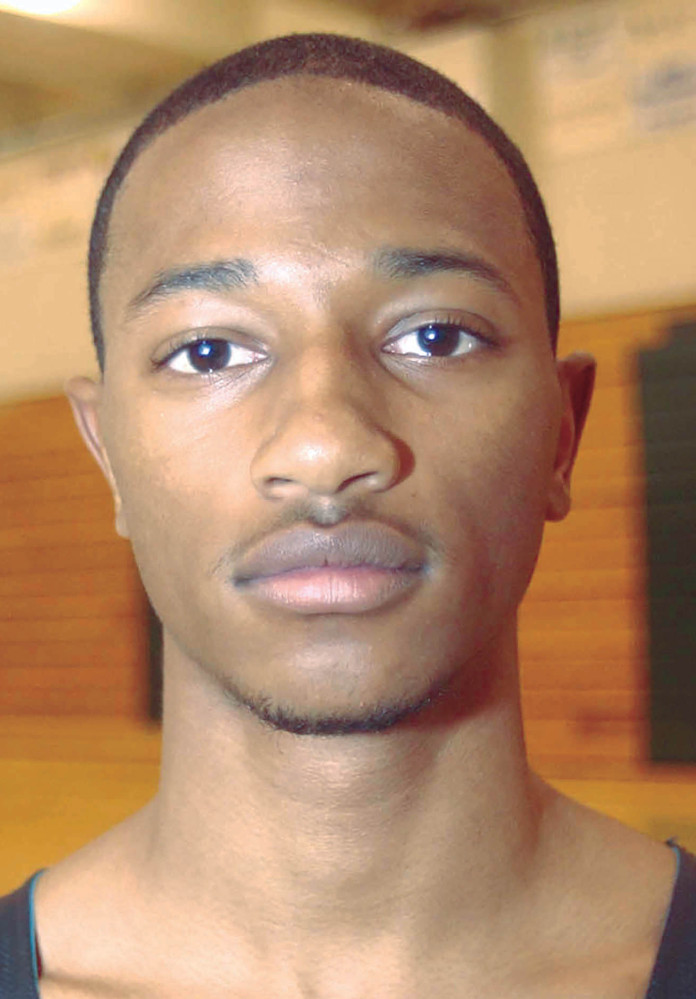PHOENIX — The Islamic State group claimed responsibility Tuesday for the assault on a Texas cartoon contest that featured images of the Prophet Muhammad, but counterterrorism experts said IS has a history of asserting involvement in attacks in which it had no operational role.
That suggests the two gunmen could have carried out their own lone wolf-style strike before they were shot and killed at the scene of Sunday’s shooting in the Dallas suburb of Garland.
Federal officials identified the pair as Elton Simpson and Nadir Soofi, both Americans who lived in Phoenix.
Rep. Michael McCaul, chairman of the House Homeland Security Committee, said a Twitter account linked to Simpson included images of Anwar Awlaki, a radical cleric killed in a CIA drone strike in Yemen.
Among the hashtags used by the account was “#texasattack.” And one of the final tweets was: “May Allah accept us as mujahideen,” or holy warriors.
“Was he on the radar? Sure he was,” McCaul said from Turkey, where he was leading a congressional delegation. “The FBI has got a pretty good program to monitor public social media.”
But McCaul said he is not ready to say law enforcement missed any red flags.
The evidence does not indicate the attack was directed by the Islamic State group, “but rather inspired by them,” said McCaul, who was briefed on the investigation by federal law enforcement officials. “This is the textbook case of what we’re most concerned about.”
White House press secretary Josh Earnest said U.S. officials are working to counter terrorist efforts to use social media to radicalize individuals in the United States.
IS recently urged those in the United States, Europe and Australia who cannot safely travel to fight in Syria and Iraq to carry out jihad in the countries where they live. An audio statement on the extremist group’s Al Bayan radio station called the men “two soldiers of the caliphate.”
The shooting appeared to be another example of a “do-it-yourself” jihadist whose plots are often hard for law enforcement and intelligence agencies to stop, said Mitchell Silber, executive managing director for K2 Intelligence and former director of intelligence analysis for the New York City police department.
“It’s very tough to detect in advance, which means we are and will continue to be susceptible to lone actors who don’t give us much warning to thwart them,” he said.
The cartoon contest had been expected to draw outrage from the Muslim community. According to mainstream Islamic tradition, any physical depiction of the Prophet Muhammad – even a respectful one – is considered blasphemous, and drawings similar to those featured at the Texas event have sparked violence around the world.
Send questions/comments to the editors.



Success. Please wait for the page to reload. If the page does not reload within 5 seconds, please refresh the page.
Enter your email and password to access comments.
Hi, to comment on stories you must . This profile is in addition to your subscription and website login.
Already have a commenting profile? .
Invalid username/password.
Please check your email to confirm and complete your registration.
Only subscribers are eligible to post comments. Please subscribe or login first for digital access. Here’s why.
Use the form below to reset your password. When you've submitted your account email, we will send an email with a reset code.